n the evolving landscape of supply chain management, understanding the distinction between warehouse vs distribution centers is crucial for logistics efficiency. While both serve as vital hubs for storing and moving goods, their roles, speed of operations, and customer engagement vary significantly. Businesses must grasp these differences to align infrastructure with fulfillment goals and customer expectations. This guide unpacks key contrasts and explores the importance of warehousing and distribution in today’s logistics ecosystem.
What is Distribution Center?
A Distribution Center is a specialized logistics facility strategically designed to optimize the flow of goods within a supply chain. Primarily focused on order fulfillment, its core function involves receiving products, often finished goods, and managing their rapid throughput. Unlike traditional warehouses emphasizing long-term storage, a Distribution Center prioritizes efficient processing, including sorting, picking, packing, and shipping.
It acts as a crucial intermediary node, facilitating the timely movement of inventory from manufacturers or suppliers to retailers or end consumers. The operational efficiency of a Distribution Center directly impacts delivery speed and overall supply chain responsiveness. This facility is integral to modern logistics networks, ensuring goods reach their destination quickly and effectively. Its primary purpose is the streamlined and rapid movement of products rather than static storage.
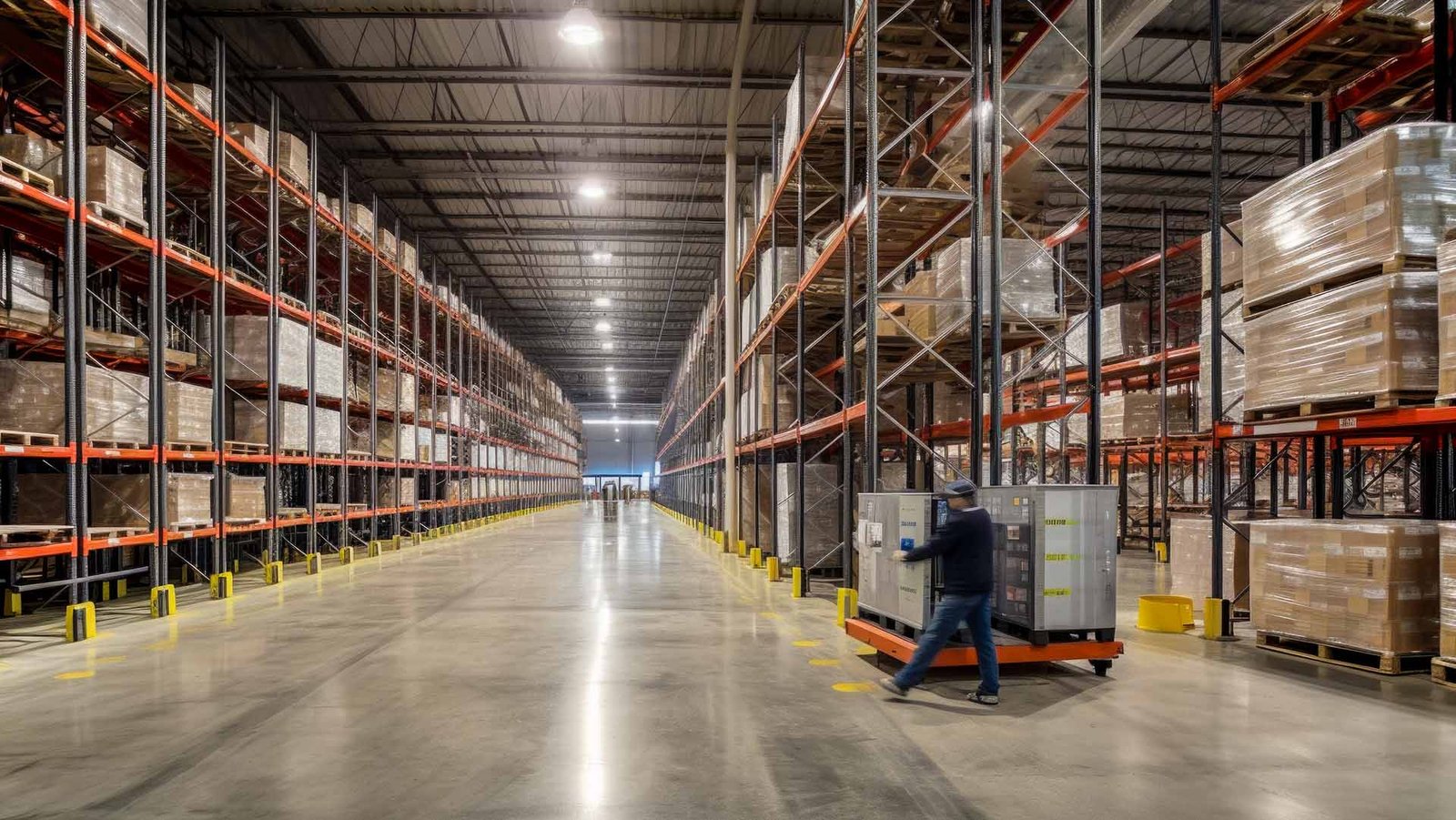
What is Warehousing?
Warehousing constitutes the fundamental process of systematically storing physical inventory within a designated facility, known as a warehouse, until required for subsequent distribution, sale, or manufacturing processes. This critical logistics function involves not only the secure storage of goods but also their organized management, preservation, and tracking.
Effective Warehousing encompasses various activities such as receiving, identifying, sorting, put-away, holding, picking, and dispatching products. It serves as a buffer within the supply chain, decoupling production cycles from consumption patterns and enabling inventory consolidation.Strategic Warehousing is essential for maintaining stock availability, managing lead times, and supporting overall operational efficiency. Proper Warehousing practices ensure the integrity and accessibility of goods throughout their storage duration, underpinning reliable fulfillment operations.
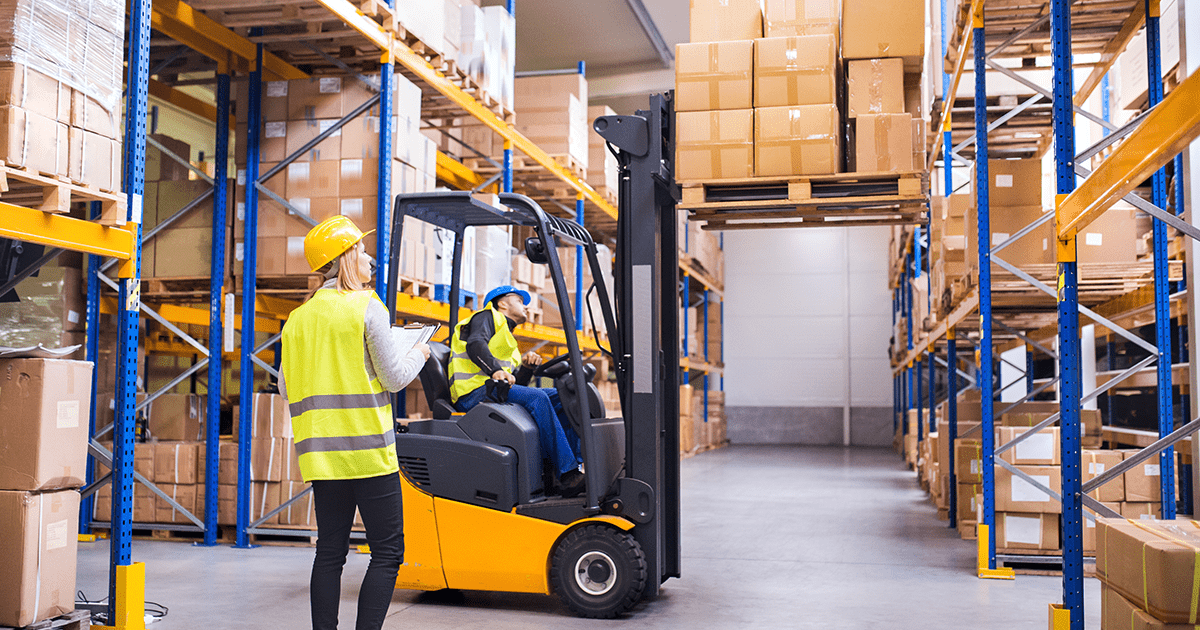
Is warehousing part of distribution?
Yes, warehousing is indeed a crucial part of the distribution process. While the terms “warehousing” and “distribution” are often used interchangeably, they refer to different aspects of the supply chain. Here’s how warehousing fits into the broader context of distribution:
- Storage function: Warehousing primarily focuses on the storage of goods. It serves as a temporary holding area for products before they are distributed to retailers or customers. This storage can be for short or long periods, depending on the inventory management strategy.
- Support for distribution activities: Warehouses play a vital role in supporting distribution activities by ensuring that products are readily available when needed. They help manage inventory levels, which is essential for fulfilling customer orders efficiently.
- Facilitating order fulfillment: While warehouses are mainly for storage, they also contribute to the distribution process by preparing products for shipment. This includes picking, packing, and sometimes even labeling items for delivery, which are essential steps in the overall distribution workflow.
- Integration with distribution centers: In many cases, warehouses work in conjunction with distribution centers. While warehouses focus on storage, distribution centers are designed for rapid order fulfillment and shipping. Together, they create a seamless flow of goods from suppliers to customers.
In summary, warehousing is a fundamental component of warehouse distribution, providing the necessary infrastructure for storing and managing inventory, which ultimately supports the distribution of products to end users.
Warehouse vs Distribution Center: Key Difference
Understanding the distinctions between a warehouse and a distribution center is essential for optimizing warehouse distribution strategies. Here are the key differences:
- Differences in core functions: Warehouses primarily focus on the long-term storage of goods, ensuring that products are organized and safeguarded until needed. In contrast, distribution centers are designed for rapid order fulfillment, handling the processing and shipping of products directly to customers or retailers.
- Speed of goods movement: Distribution centers prioritize speed and efficiency, facilitating a faster flow of goods from storage to shipping. This means that products typically spend less time in a distribution center compared to a warehouse, where items may be stored for extended periods.
- Customer types and engagement: Warehouses generally do not engage directly with customers; their primary role is to support internal operations. On the other hand, distribution centers interact directly with customers by fulfilling orders and managing returns, making them a critical touchpoint in the customer experience.
- Complexity of operational activities: The operational activities in distribution centers are often more complex than those in warehouses. Distribution centers handle various tasks such as order processing, inventory management, and transportation logistics, while warehouses focus mainly on receiving, storing, and retrieving goods..
- Putting it all into perspective: Both warehouses and distribution centers are vital components of the supply chain, each serving unique purposes. Warehouses provide essential storage capabilities, while distribution centers enhance the efficiency of warehouse distribution by ensuring that products reach customers quickly and accurately.

What is the importance of warehousing and distribution?
Warehousing and distribution are critical components of the supply chain, playing a vital role in ensuring that products are delivered efficiently and effectively to customers. Here are some key reasons why they are important:
- Efficient inventory management: Warehousing allows businesses to store inventory in a centralized location, making it easier to track stock levels and manage replenishment. This helps prevent stockouts and overstock situations, ensuring that products are available when customers need them.
- Improved order fulfillment: A well-organized warehouse distribution system enhances the order fulfillment process. By streamlining operations such as picking, packing, and shipping, businesses can meet customer expectations for timely deliveries, which is increasingly important in today’s fast-paced market.
- Cost reduction: Effective warehousing and distribution strategies can significantly reduce operational costs. By optimizing storage space and improving transportation logistics, businesses can lower shipping costs and minimize waste associated with excess inventory.
- Enhanced customer satisfaction: In an era where consumers expect quick and reliable service, efficient warehousing and distribution are essential for maintaining high levels of customer satisfaction. Timely deliveries and accurate order fulfillment contribute to a positive customer experience, fostering loyalty and repeat business.
- Flexibility and scalability: As businesses grow, their warehousing and distribution needs may change. A robust warehousing system allows companies to scale operations easily, adapting to fluctuations in demand without compromising service quality.
- Risk management: Warehousing provides a buffer against supply chain disruptions. By maintaining adequate inventory levels, businesses can mitigate the impact of unforeseen events, such as supplier delays or sudden spikes in demand, ensuring continuity in operations.

Warehousing and distribution logistics challenges
Warehousing and distribution logistics are essential components of the supply chain, but they come with their own set of challenges. Addressing these challenges effectively is crucial for maintaining operational efficiency and customer satisfaction. Here are some of the key challenges faced in warehouse distribution:
- Inventory management isues: Maintaining accurate inventory levels can be difficult, leading to stockouts or overstock situations. Poor inventory control can result in lost sales or increased holding costs, impacting overall profitability.
- High operational costs: The costs associated with warehousing, including labor, utilities, and maintenance, can be significant. Companies must find ways to optimize these costs while ensuring efficient operations.
- Space management problems: As businesses grow, the need for additional storage space often arises. Inefficient use of warehouse space can lead to congestion and hinder the flow of goods, making it essential to design layouts that maximize storage capacity.
- Order fulfillment accuracy: Errors in picking and packing can lead to customer dissatisfaction and increased return rates. Ensuring that the right products are shipped in the correct quantities is vital for maintaining customer trust.
- Labor shortages and turnover: The logistics industry often faces challenges related to labor shortages and high turnover rates. Finding and retaining skilled workers is crucial for maintaining efficient warehouse operations.
- Technological integration: As technology evolves, integrating new systems and tools into existing operations can be challenging. Companies must invest in training and infrastructure to leverage technology effectively.
Recognizing the nuances between warehouse vs distribution centers empowers businesses to build more agile, responsive, and cost-effective logistics strategies. With the right setup, you can boost speed, accuracy, and customer satisfaction across the supply chain. Need expert help optimizing your warehousing and distribution model? Contact Keys Logistics today to explore tailored solutions that elevate your operational performance.


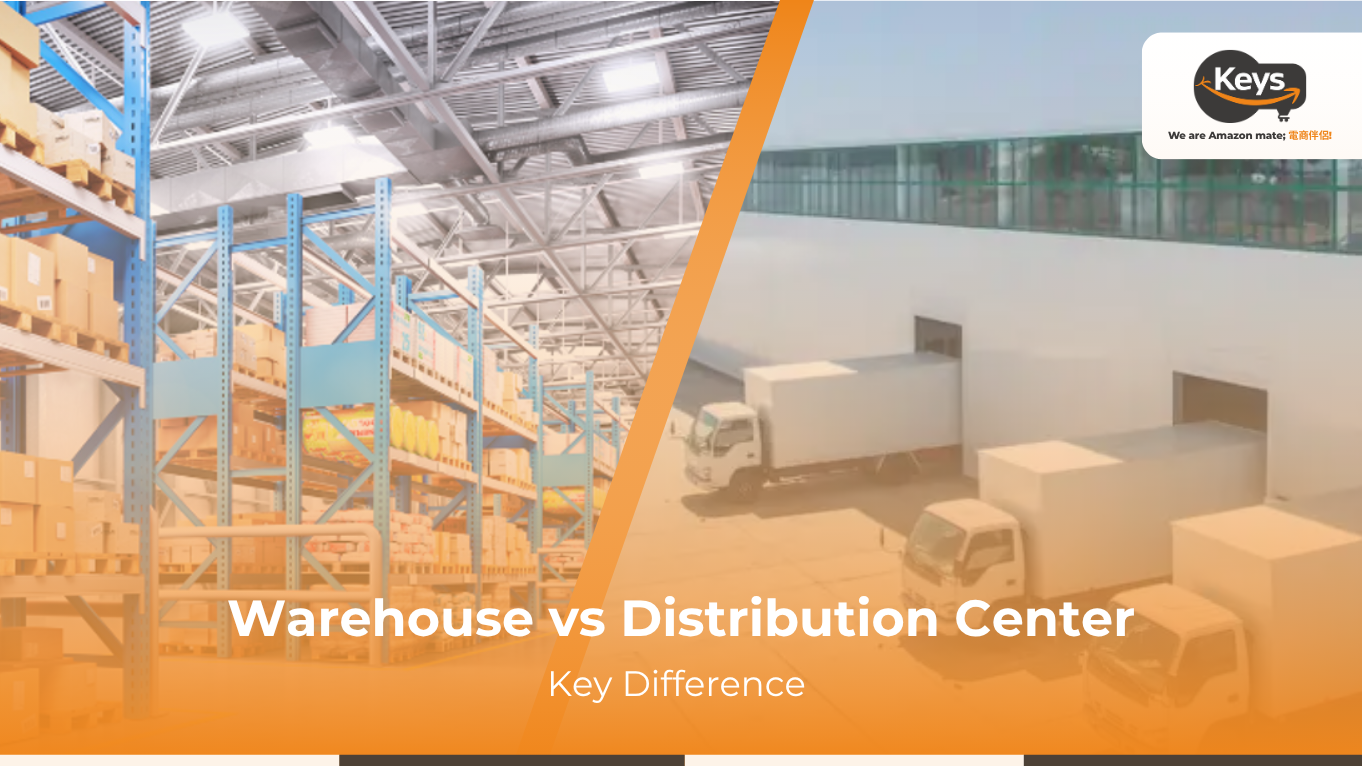

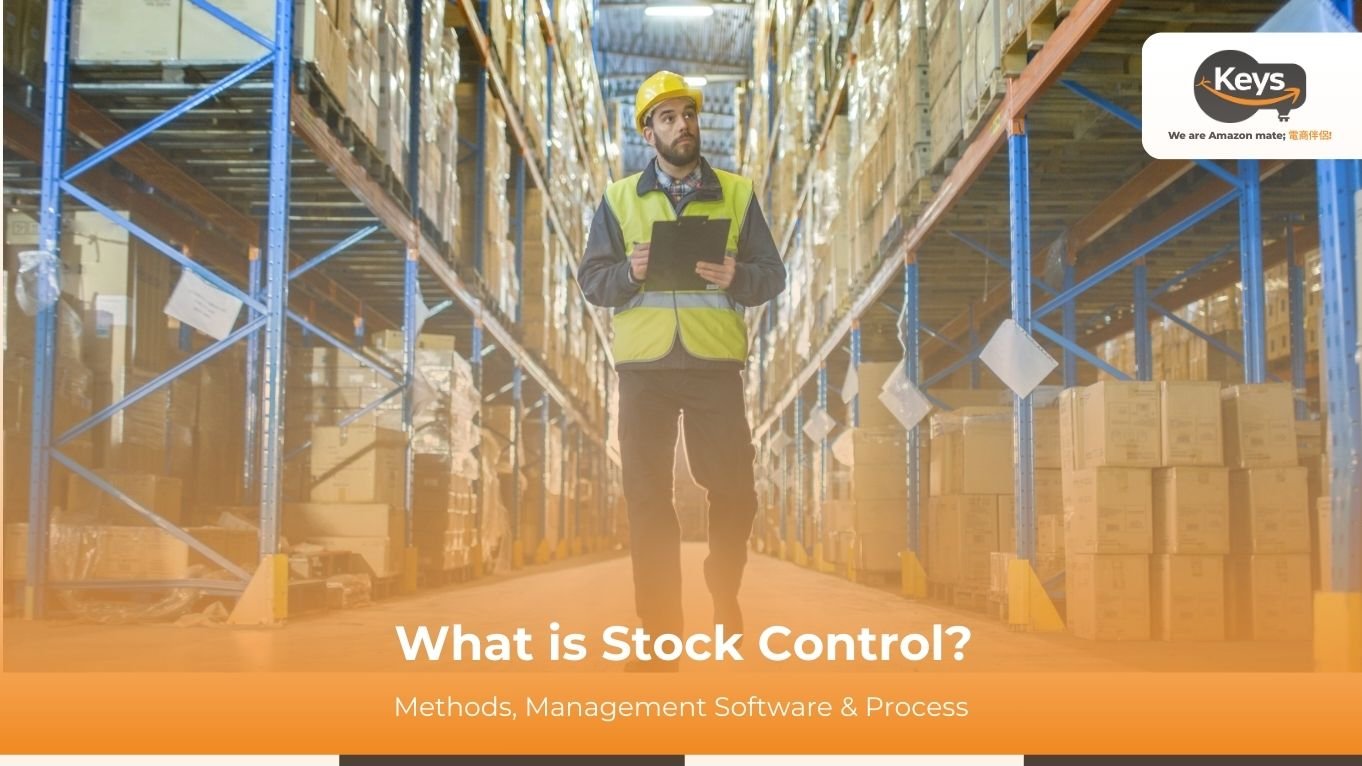
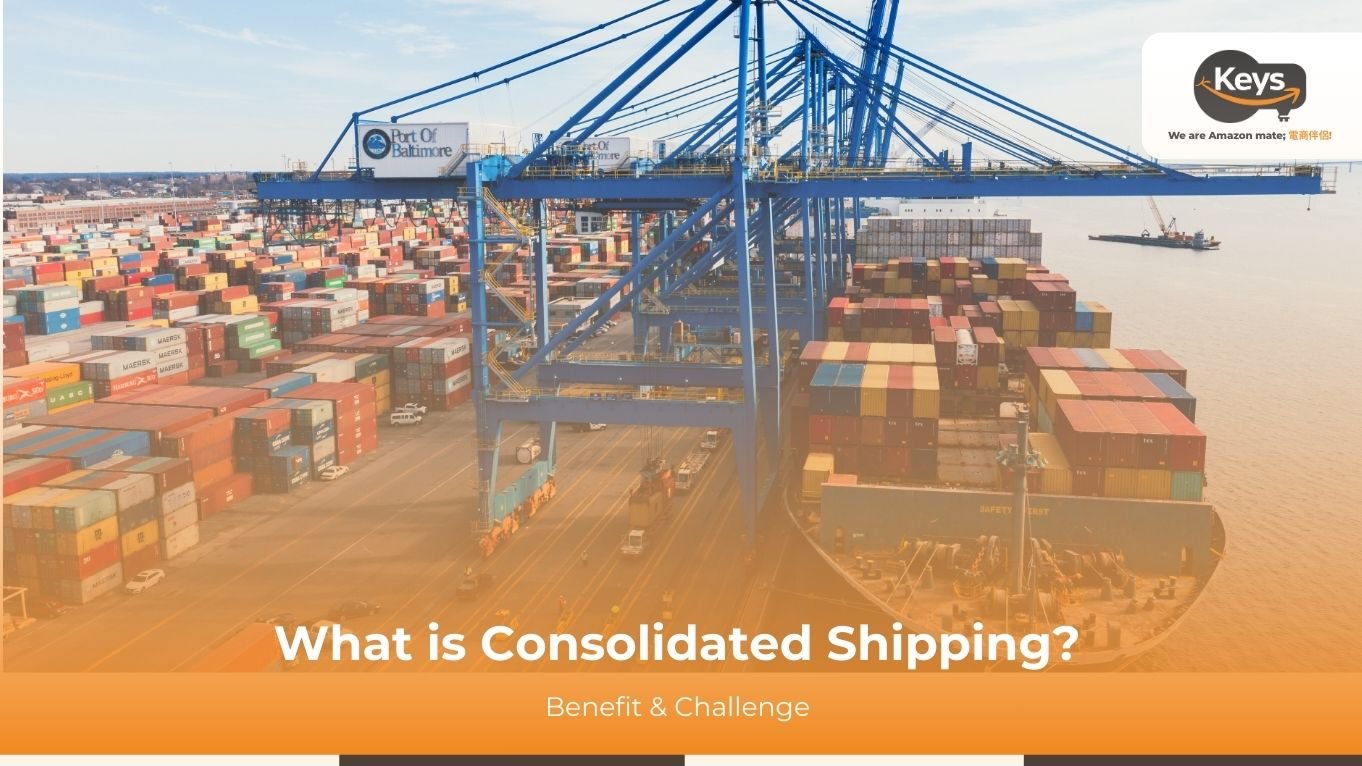


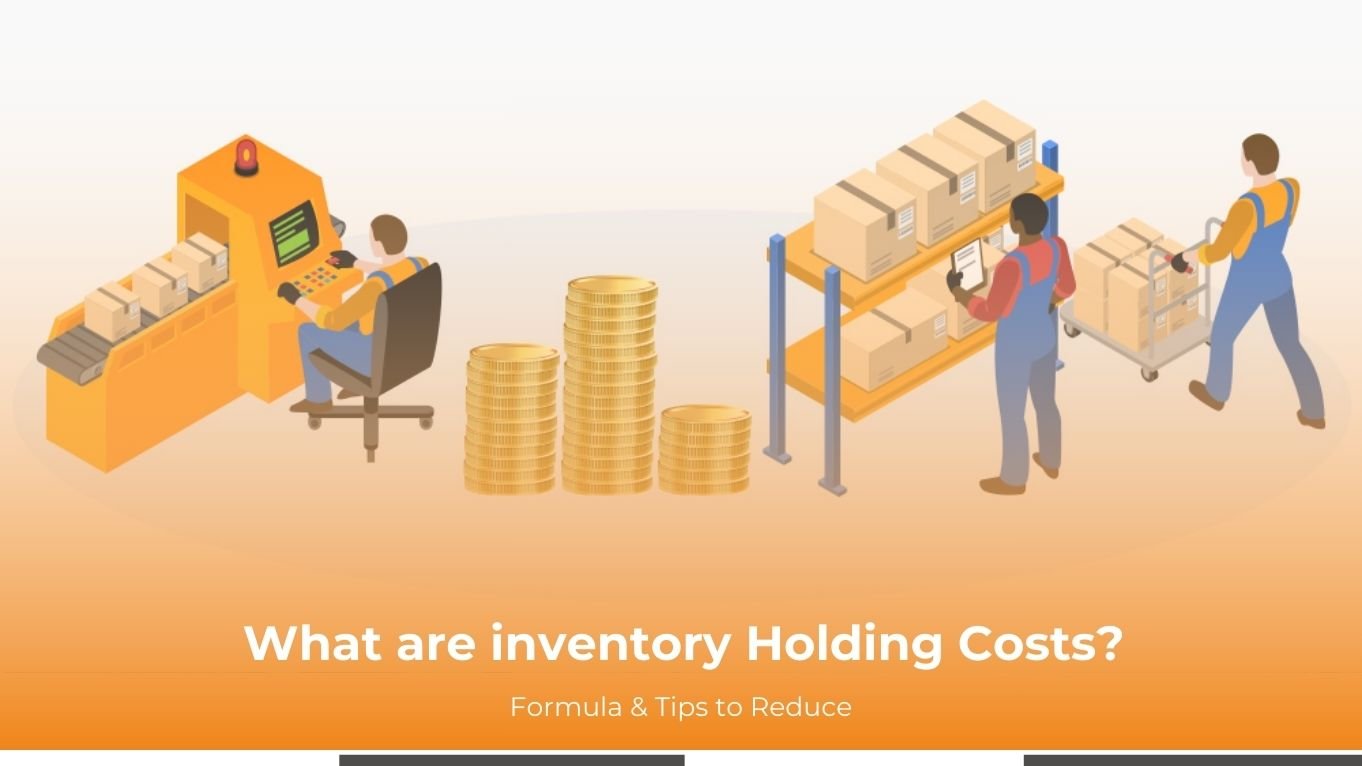
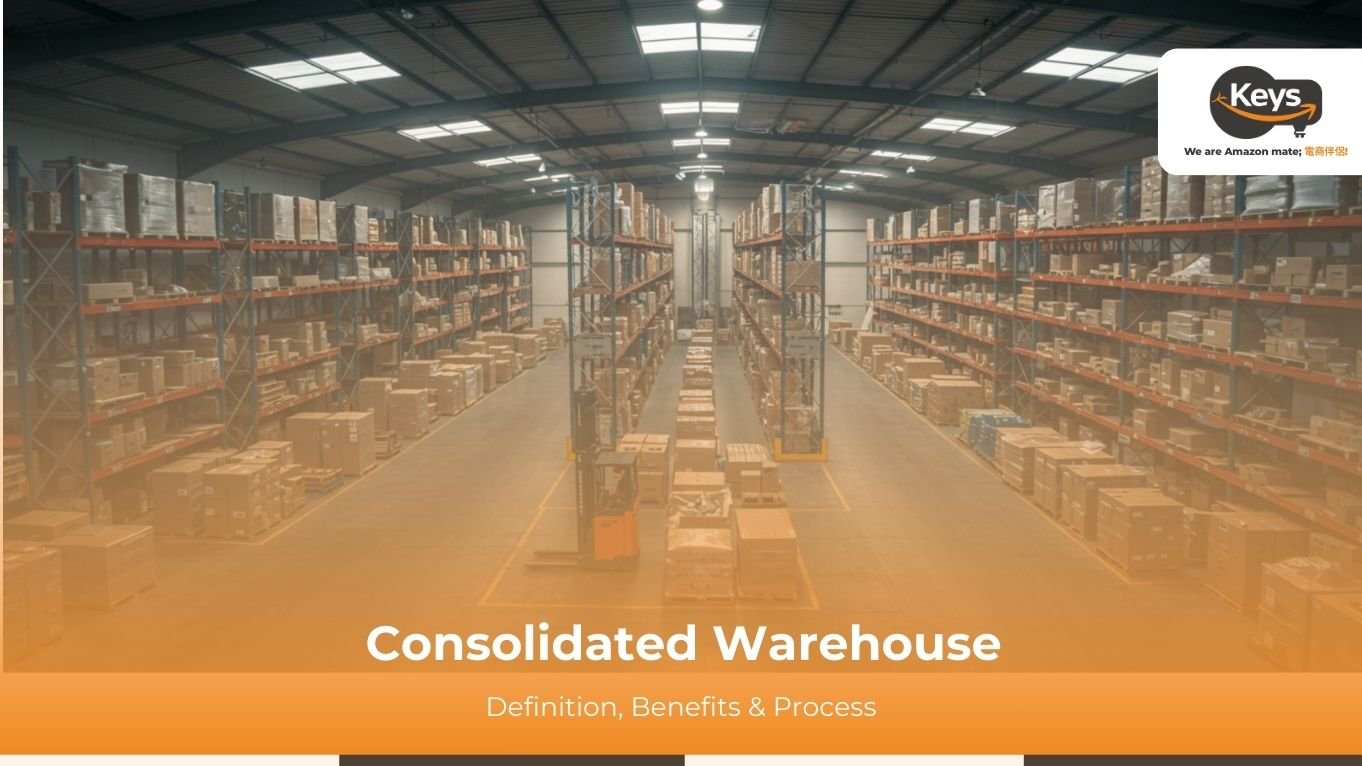
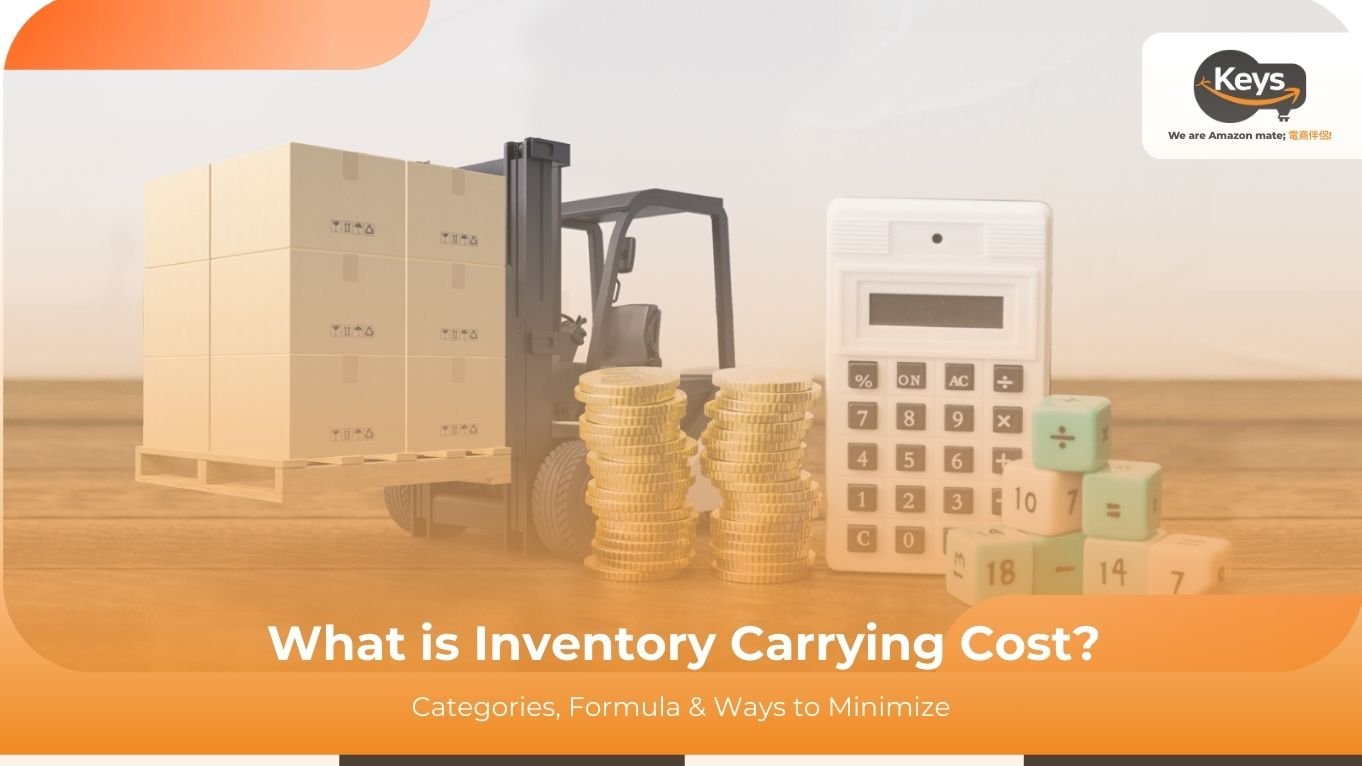

 Tiếng Việt
Tiếng Việt 中文 (中国)
中文 (中国)

